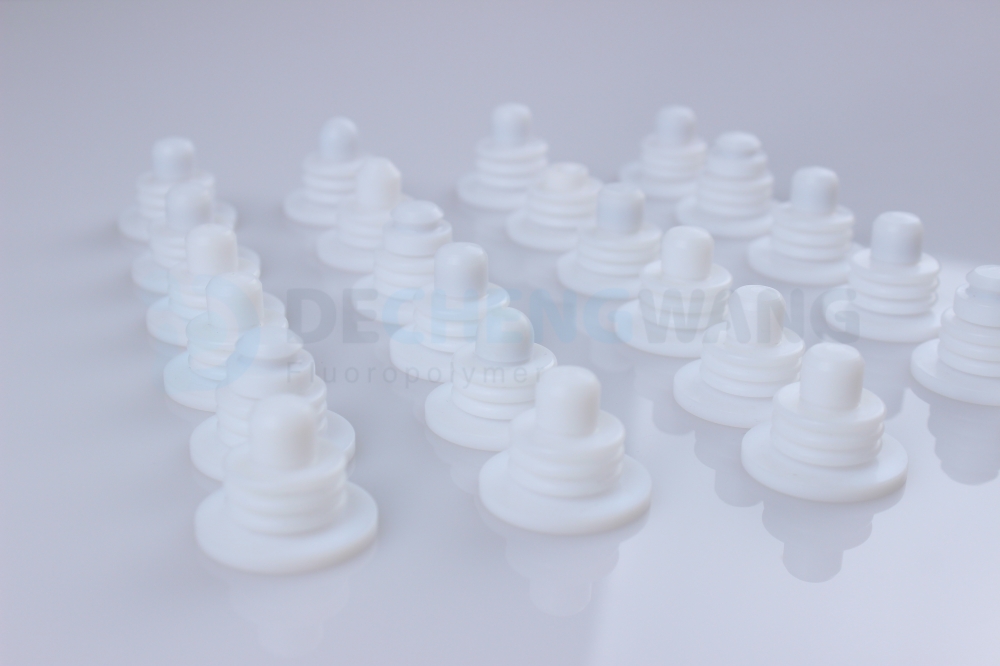
Applications: PTFE Bellows seals for valves
Bellows Mechanical Seal are a type of mechanical seal where the spring element is a bellows. They are a critical component in preventing fluid or gas
Lubricants applied between moving and stationary elements of mechanical equipment help to prevent damage. But when the equipment are under high pressure, the lubricants tend to escape, hence the need for oil seals to prevent the clashing of dry parts. Practically all mechanical equipment, including car engines, assembly machines, and PTFE machined parts use these oil seals to prevent harmful interaction that can result in damaged parts.
In this guide, we will dwell deeply on oil seals and discuss everything that you need to know, such as what it is, how it works, why it fails sometimes, materials used in making it, factors to consider in choosing the right one for your application, and so on.
Oil seals, which are also referred to as radial shaft seals, rotary shaft seals, grease seals, or fluid seals, are used to close the gaps between fixed and moving parts of mechanical equipment. They are put between moving and stationary mechanical parts to make sure that moisture, contaminants, corrosive materials, and abrasives don’t cause any damage to these parts.
Oil seals are protective elements. They prevent the mixing of water and lubricants within a machine, thereby ensuring optimal machine functionality. Also, oil seals help to prevent lubricant leakage at high pressure like when the machine is working at an extremely high rate. Not only that, radial shaft seals stop foreign components from entering a machine. This is because they can contaminate the lubricant and even damage the machine.
Oil seals work by squeezing and retaining lubricant in a thin layer between the lip and the shaft. Perfect sealing is ensured by the hydrodynamic action of the rotating shaft, which in turn produces a slight pump action.
As earlier said, oil seals perform some functions that ensure the functionality of mechanical equipment and extend their lifespan. And how they do this is by retaining lubricants at all cost and not making them escape no matter how high the pressure of the machine is.
The other way oil seals work is by stopping outboard materials that can damage the machine or contaminate its lubricant. The outboard materials that the oil seal will need to stop depend on the application. However, the most common kinds are dirt, moisture, and the particles produced during manufacturing.
Standard petroleum oil has a lifespan of 30 years at 86 degrees Fahrenheit if it’s not
contaminated with moisture or any other particle. But the same oil will only last for a month at 212 degrees Fahrenheit if it’s contaminated with little water. This is why the function of an oil seal is very evident whenever it’s used.
No matter the PTFE machining techniques and other processes used in making mechanical parts, they tend to fail due to some reasons. The same thing applies to oil seals. When they are exposed to some factors, they fail. The factors are stated below alongside the solutions.
Oil seals are always exposed to a lot of chemicals, both mild and harsh chemicals. The seals react by showing some signs like cracks, blisters, and discoloration especially when the chemical is harsh. This clearly shows that the chemical is not compatible with the seal, which goes as far as affecting its cross-link density (increase or decrease). When the cross-link density increases, the seal material becomes harder, but when it decreases, the seal material becomes softer.
When the oil seal material and the chemical are not compatible, there will be a chemical attack, which increases at high temperatures. The only way to remedy this is to select the right material for your application. If you’ll be dealing with harsh chemicals, choose oil seals that are made with reliable materials for their compatibility.
The major cause of extrusion and nibbling is stress caused by high pressure. This is commonly noticed when the oil seal has a chipped or nibbled look. In fact, in some cases, the surface of the seal tends to peel on its own, which makes it have a shaved look. What the stress does is that it increases the clearance gap between the mating edges, which causes the seal to get entrapped, and then leads to severe physical damage.
The perfect solution to this is to always use an oil seal that fits properly; the right size of the seal should be used. And in other cases, backup devices should be used to avoid the buildup of clearance gaps within the mating edges.
This is one of the frequent reasons for oil seal failure, and this is majorly because of the volatility of any of the elastomer’s constituents. These causative constituents may be part of the elastomer formulation, or gases that got entrapped in the elastomer during the molding process. The deceiving fact about this failure is that sometimes the oil seal won’t show any visual sign of out-gassing, however, sometimes when the out-gassing is extreme, they shrink.
The perfect remedy for this is to use oil seal materials that are rated for the temperature of your application. Also, ensure that the elastomer is free from volatile constituents like waxes, plasticizers, etc.
There are several materials used to manufacture oil seals. They are discussed below.
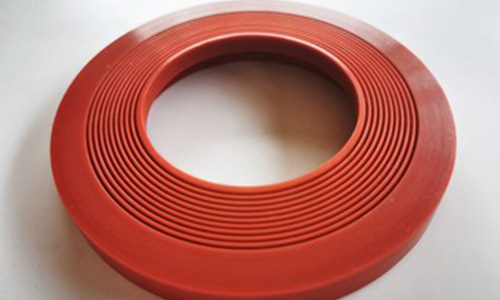
Nitrile is the most widely used rubber (elastomer) and it’s recommended as the best for almost all standard applications. This is solely due to the fact that nitrile has some intrinsic properties, such as low cost and compatibility with most environments. Some of the general applications of nitrile are non-latex gloves, automotive transmission belts, footwear, gaskets, synthetic leather, hoses, o-rings, and oil seals.
Nitrile is suitable for environments that have a temperature range of -30 degrees Fahrenheit to 250 degrees Fahrenheit. It is compatible with a variety of fluids, such as hot & cold water, silicone oil, animal & vegetable fat, hydraulic fluid, and gas oil. Nitrile is also a perfect material to use for any application that needs shock absorbers as it’s resistant to grease and abrasion.
However, it’s plagued with a few drawbacks, such as poor resistance to ozone, sunlight, and weather. It also has limited resistance to high temperatures and flames.
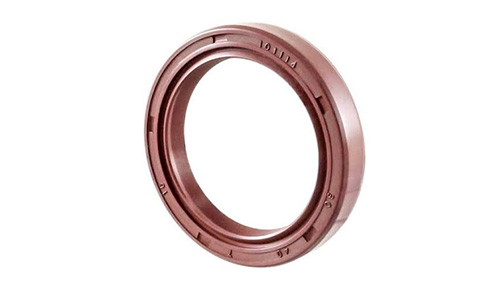
These oil seals are the best for applications involving high temperatures. It’s suitable for temperatures between -4 degrees Fahrenheit and 392 degrees Fahrenheit. Also, it’s highly resistant to acids, dissolvent materials, and other chemicals. Viton (FKM/FPM) oil seals can run at a maximum speed of 38 m/s.
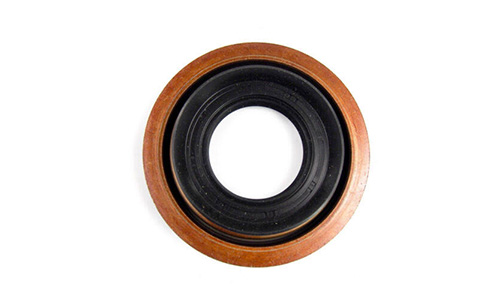
Polyacrylate oil seals are a perfect compromise between quality and cost. They perform well with high temperatures and chemicals, but not as well as Viton oil seals. Polyacrylate has a temperature range of -25 degrees Fahrenheit to 300 degrees Fahrenheit. Due to their outstanding resistance to hot oil and oxidation, they are commonly used in automobile transmissions and hoses; however, they are also used for shaft seals, gaskets, and o-rings.
Despite being a great substitute for more expensive high temperature resistant materials, polyacrylate has a problem of poor water compatibility and cold flexibility.
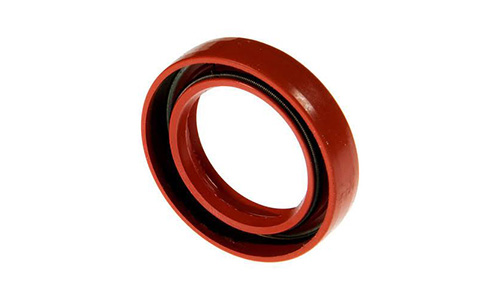
Silicone oil seals, which are also called VMQ, have strong resistance to temperature, which ranges from -140 degrees Fahrenheit to 392 degrees Fahrenheit. They are also resistant to ozone, light, and harsh weather conditions. Silicone is frequently used in hydraulics and pneumatics, as well as in the food and medical industries. Due to the material’s transparency and flexibility, it’s commonly chosen for the manufacturing of o-rings, molded parts, and flat seals, as well as electrical insulators.
Despite being incredibly flexible, silicone has some significant drawbacks. The toughness, resistance to wear, and abrasion of many silicone compounds are poor. If you seriously need an oil seal material with better strength and resistance to high temperature, the perfect option is Viton.
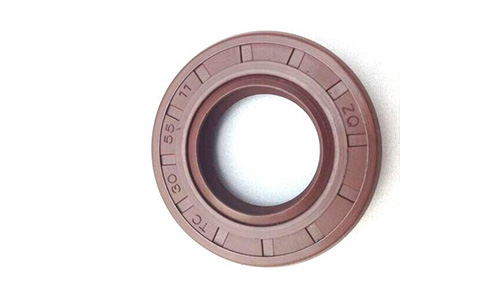
This is a specific type of synthetic rubber that’s commonly used in o-rings, gaskets, oil seals, sterile & chemical resistant gloves, and other molded items. Viton has a high density and it possesses the widest temperature range of -40 degrees Fahrenheit to more than 400 degrees Fahrenheit. This is why it’s highly preferred as the best material for higher temperature applications.
Also, Viton has the widest range of resistance to chemicals. It’s resistant to several chemicals like silicone oil & grease, mineral & vegetable oil, aliphatic, chlorinated hydrocarbons, methanol fuels, and so many more.
Even though it’s better than other materials in terms of toughness and wear time, it is preferably used in dry-running applications. The salient demerit of this material is its cost.
PTFE material is a perfect ingredient in making more reliable oil seals. These materials are used to make oil seals that can resist dry or unlubricated operations. PTFE oil seals, which are also called teflon oil seals, have a thermal strength ranging from -202 degrees Fahrenheit to 392 degrees Fahrenheit and an excellent chemical resistance. Oil seal PTFE is considered as the future of radial shaft seals.
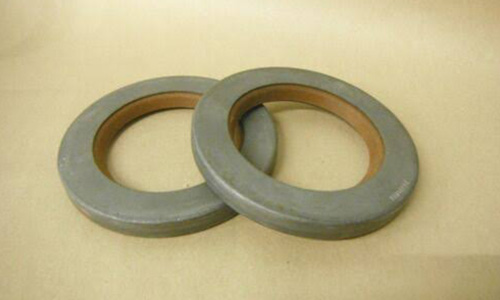
Leather oil seals are commonly used for parts that are exposed to dirt and poor lubrication. The major advantage of this material is that it can function in cases where synthetic rubber cannot function. They are used for shafts that have rough surfaces that are more than what rubber seals can handle. This is because they are pre-lubricated and have the capacity to absorb liquids.
Leather oil seals have great running properties and are mostly used for abrasive applications.
Amongst the several applications of oil seals, these are the most common three applications – o-rings, spring seals, and lip seals.
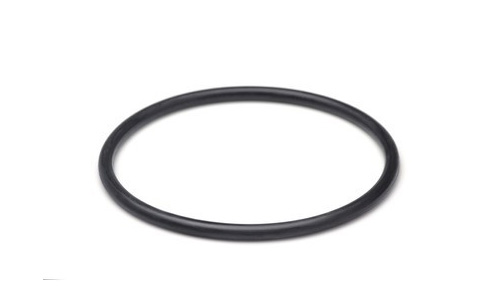
O-rings, which are also referred to as oil seal rings or oil ring seals, are designed to join two parts and ensure that no air, moisture, or gas is allowed to pass through. They are usually inserted into a groove and manufactured to resist pressure. The resistance is what stops foreign elements from entering or leaving the joining.
O-rings are the most commonly used seals as they provide incredible value – very affordable, versatile, and efficient. They are made with several elastomer materials as to the application they will be used for, so it’s important that you know the materials an o-ring is made of before purchase.
Some of the uses of o-rings are pipes, plates, flanges, and cylinders. They can also be found in cameras, and scuba gear.
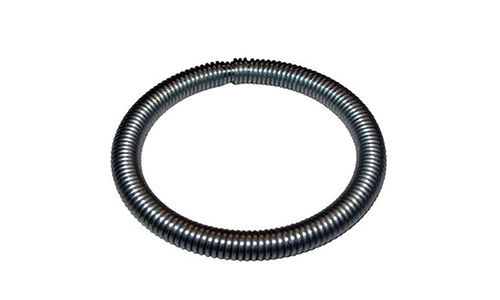
Spring seals are the perfect solution when regular seals are unable to produce a leak-proof mating surface. They are the best substitute for sealing applications involving machinery as they are capable of resisting more heat and pressure than other types of seals.
When they are subjected to hot & pressured oil, or hot & pressured gas, they will compress. These seals reduce in size and become more compact. Afterward, they store the mechanical energy generated by the heat and pressure, which is why they can maintain a leak-proof mating surface.
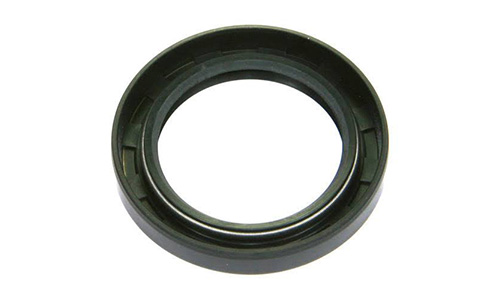
Lip seals are passive mechanical devices used to close the shaft exit points on electric motors and other rotating machinery. The seals are made to keep moisture and dust out of the machinery’s inner constructions while having little to no impact on how well they work.
Almost every lip seal is constructed to have a flexible inner part that creates a dynamic seal on the moving shaft, as well as a hard outer casing that statically matches the machine-end cover. The flexible part is made from different grades of rubber, while the hard part is made of light-gauge metal or strong plastic.
To increase the pressure around the shaft and maintain the seal’s integrity, certain lip seals have an extra spring looped into the flexible rubber part.
O-rings are one of the items used to prevent leaks and product failures. Due to their cogent functions, it’s important that they are installed appropriately without causing any damage in the process.
The first step to properly installing an o-ring is to select an appropriate lubricant to lightly coat the o-ring.
Cover any sharp corners on the machinery that may come in contact with the o-ring. This will ensure that the o-ring is not damaged in the process of installation.
O-rings are made to be elastic as they are usually stretched to fit into a groove before being compressed. You need to be careful of how you stretch the o-ring while installing it. In fact, you should stretch it more than 50%, and the stretching should be on all the sides, rather than one side.
Now, slid the o-ring to fit into the shaft.
Make sure it is not twisted inside the groove.
If you are installing an o-ring to serve as a backup, make sure you put it on the low-pressure side of the system. This will make the high-pressure side push the o-ring against the backup.
Here are some additional tips that will help you have a successful O-ring installation.
Lubricate the threads of the shaft: The o-ring can easily tear during installation as it consists of threading. But this can be avoided by covering the threads with lubricant or masking tape.
Cover jagged edges: Sharp and jagged corners can cause tears in the o-ring. They have to be covered as even a tiny tear can break the seal.
Spread the o-ring evenly: Be cautious of how you spread the o-ring. Spread it evenly to ensure a strong seal.
Slide; don’t roll: While installing the o-ring, don’t roll it down, rather lubricate it so that it will easily slide down the shaft.
There are quite a number of factors to put into consideration when you’re choosing the right oil seal for your application. Some of them are discussed below.
Choose a seal that has the appropriate dimension needed for your application. The seal should properly fit the space between the stationary and rotating parts.
Most oil seals are designed to support very low-pressure (8 psi or less) applications. If at all, there will be additional pressure along the way, pressure relief should be put into play. This is why it’s important to know the characteristics of the oil seals you are considering and compare them with your application.
Just like pressure. The temperature capability of the oil seal shouldn’t be lesser than the temperature of the application. This is because any significant increase or even decrease in the temperature will affect the functionality of the oil seal. PTFE seals have the highest temperature capability, making them useful for applications that demand harsh weather and elements.
Many oil seals are capable of resisting contact with grease, fuel, water, and other elements. Knowing what type of fluid the seal will interact with will help you choose the right oil seal that can withstand those types of fluids.
Seals perform best when they are lubricated, however, some machines quickly go on dry spells. So, in cases like this, choosing a leather or PTFE seal is the right decision to make as both of them can function with less lubrication than other types of seals.
Another factor you need to consider is the type of lubricants that are more suitable for the seals. Check for the appropriate viscosity of the lubricant that’s compatible with the seal material.
You have to consider the speed at which the shaft will be moving, the housing bore, and the runout. These are important to make sure that you choose an oil seal that will not be exposed to unconducive abrasions.
A shaft’s surface finishing will determine how effective the sealing will be. The spiral lead and the direction of the finish tool marks have an impact on the sealing effectiveness. Therefore, it’s imperative to ensure that the shaft surface finishing is maintained.
The hardness of the shaft determines how long the seal will last. A shaft should have a Rockwell hardness of 30 or more. It prevents the seal from getting damaged when it’s exposed to abrasive agents.
The oil seal should be tough enough to withstand the pressure and the vibrations caused by the shaft and bore. Check if the oil seal is strong enough to tolerate the pressure and vibration.
Runouts need to be minimized. The most common causes of the center of rotation movement are shaft whip and bearing wobble. The issue is even worse when there’s misalignment. Contrary to widespread assumption and practice, misalignment cannot be corrected or made up for by using flexible couplings.
Dechengwang provides a full line of seal types, including PTFE seal, which is recognized as the best seal and the future of the seal industry. Amongst all other PTFE component manufacturers, Dechengwang stands out with unique products and services, as well as outstanding manufacturing capabilities.
We have different types of oil seals that are designed specifically for various industries, like aerospace, automotive, oil & gas, electronics, chemical analysis, food & beverage, engineering, and so on. Some of our other custom products are bellows, insulators, labware, bushings, ball valve seats, tubes, rods, films, and sheets. Contact us today to make sure you choose the best component for your application.
The functionality of oil seals in between machines cannot be emphasized. Apart from their primary function of preventing the entry and escape of elements that can damage the machines, they also help to elongate the machines’ lifespan.
In this article, we’ve discussed everything you need to know about oil seals, which are sometimes called radial shaft seals. Also, we’ve discussed the various types, their installation, and how to choose the right one for your application. With all these, you will be able to make an informed decision about the best oil seal for your needs.

Bellows Mechanical Seal are a type of mechanical seal where the spring element is a bellows. They are a critical component in preventing fluid or gas
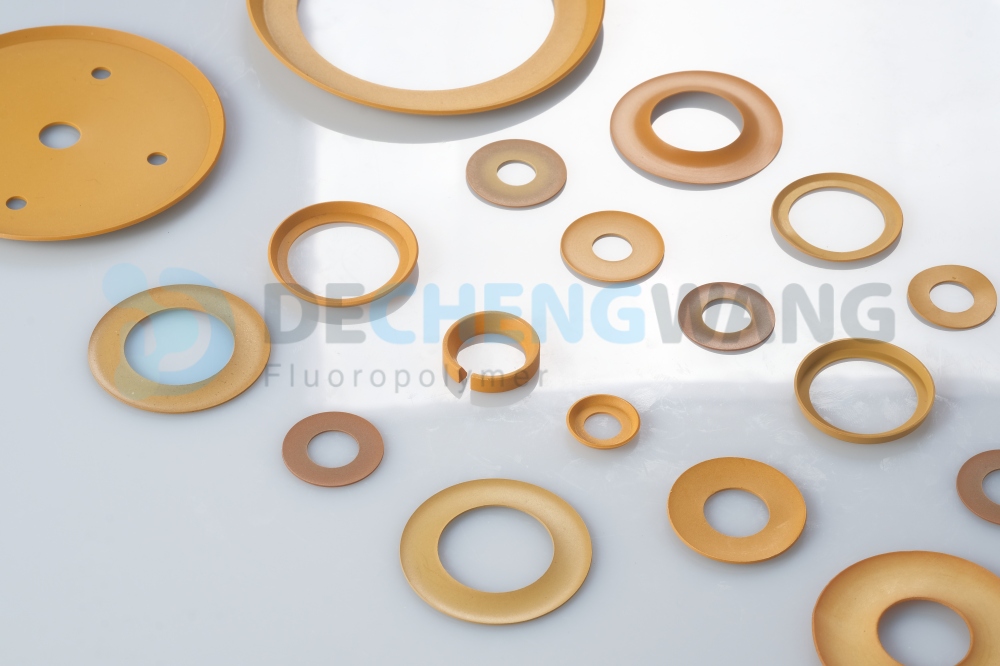
In the world of engineering and manufacturing, where precision and efficiency are paramount, the role of wear resistance plastic has evolved far beyond their conventional image.
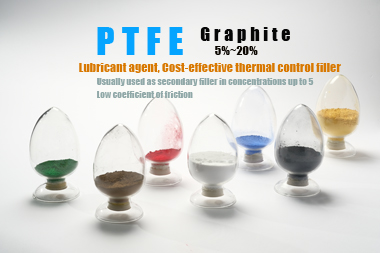
PTFE is a versatile polymer with outstanding properties like chemical resistance, low friction coefficient (self-lubricating), non-stick nature, and excellent electrical insulation. However, it also has some